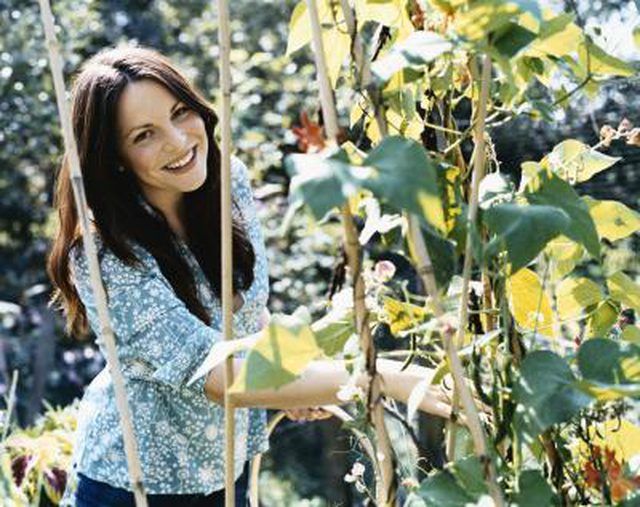Bulbs
Flower Basics
Flower Beds & Specialty Gardens
Flower Garden
Garden Furniture
Garden Gnomes
Garden Seeds
Garden Sheds
Garden Statues
Garden Tools & Supplies
Gardening Basics
Green & Organic
Groundcovers & Vines
Growing Annuals
Growing Basil
Growing Beans
Growing Berries
Growing Blueberries
Growing Cactus
Growing Corn
Growing Cotton
Growing Edibles
Growing Flowers
Growing Garlic
Growing Grapes
Growing Grass
Growing Herbs
Growing Jasmine
Growing Mint
Growing Mushrooms
Orchids
Growing Peanuts
Growing Perennials
Growing Plants
Growing Rosemary
Growing Roses
Growing Strawberries
Growing Sunflowers
Growing Thyme
Growing Tomatoes
Growing Tulips
Growing Vegetables
Herb Basics
Herb Garden
Indoor Growing
Landscaping Basics
Landscaping Patios
Landscaping Plants
Landscaping Shrubs
Landscaping Trees
Landscaping Walks & Pathways
Lawn Basics
Lawn Maintenance
Lawn Mowers
Lawn Ornaments
Lawn Planting
Lawn Tools
Outdoor Growing
Overall Landscape Planning
Pests, Weeds & Problems
Plant Basics
Rock Garden
Rose Garden
Shrubs
Soil
Specialty Gardens
Trees
Vegetable Garden
Yard Maintenance
How to Make Plant Supports
How to Make Plant Supports. Many plants and vegetables grow stronger with a bit of support as they develop. Some, such as tomatoes and peonies, do well in lightweight wigwam frames or cages that keep their fruits and flowers from touching the ground. Others, such as peas and beans, like to climb up and around narrow sticks, twigs and tripod poles....

Many plants and vegetables grow stronger with a bit of support as they develop. Some, such as tomatoes and peonies, do well in lightweight wigwam frames or cages that keep their fruits and flowers from touching the ground. Others, such as peas and beans, like to climb up and around narrow sticks, twigs and tripod poles. Make your own plant supports at the same time you plant your garden to be sure the supports are ready and in place when your plants need them.
Things You'll Need
Hand saw
Loppers
Willow limbs and wands
Hardwood limbs
Measuring tape
Garden twine
Cut several dozen willow wands and limbs about 2 inches in diameter from trees in late winter. Measure their lengths, and trim them to the lengths you’ll need to support your plants, usually between 4 to 8 feet.
Clip off several dozen longer and narrower willow wands, about the width of your finger. Set the willow aside in a cold, dry place until you’re ready to build supports for beans and flowers.
Search woods and roadsides for sturdy hardwood tree limbs at least 4 feet tall with forked branches that spread outward and up. When the soil becomes loose enough to work in the spring, place the limbs in your pea garden at least 12 inches deep. Keep the branched and forked ends facing upwards, so that your garden appears to be sprouting small trees. These forks and branches will support the tendrils and stems of climbing plants, such as peas, nasturtiums and sweet peas. Plant peas, nasturtiums and sweet peas about 2 inches in front of the stakes.
Lay three oak, hickory, maple, walnut or other hardwood limbs of roughly the same lengths on the ground. Tie the tops together with garden twine.
Stand the hardwood limbs up to form a tripod about the diameter of a dinner plate. Plant the tripod 12 inches into the ground after the threat of frost has passed. Plant climbing and runner beans around the tripod.
Build a wigwam plant support with willow limbs and wands. Strip all leaves and smaller branches from the limbs. Tie about eight sturdy limbs together at the top with twine to form a wigwam frame.
Strip all leaves from the willow wands. Weave narrower willow wands, about the width of your finger, in and out between the wigwam posts, securing each end with a piece of garden twine.
Begin weaving a support about 4 inches deep near the bottom of your wigwam. When that is woven, leave a space about 8 inches deep and begin weaving another 4-inch layer. Continue weaving layers every 8 inches until you reach the top of the wigwam frame. Plant climbing vegetable and flower seeds around the wigwam.